Results
-
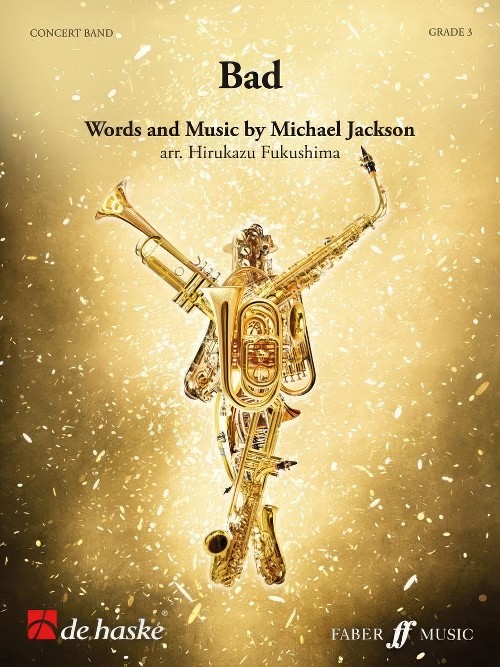 £94.99
£94.99Bad (Concert Band - Score and Parts) - Jackson, Michael - Fukushima, Hirokazu
Five years after the release of the monster album Thriller, which sold a record-breaking 105 million copies worldwide up to this date, this second single from the album Bad, released in 1987, also peaked at number one on the Billboard chart. This song was performed during Michael's first solo world tour that started from Japan (Korakuen Stadium) in September 1987. The short film directed by Martin Scorsese also generated great publicity. In particular, the animated group dance scene in the subway made a huge impact on the viewers and distinguished Michael's image. As the video depicts, "bad" in this song's lyrics indicate the kicking, cool unruly living on the streets. As the opening number, Bad strikes out a course of slight-but-right edginess with its dynamically groovy arrangement that underscores the electric funk in the original tune. Don't miss the last punch line: Who's bad?Duration: 4:00
Estimated dispatch 7-14 working days
-
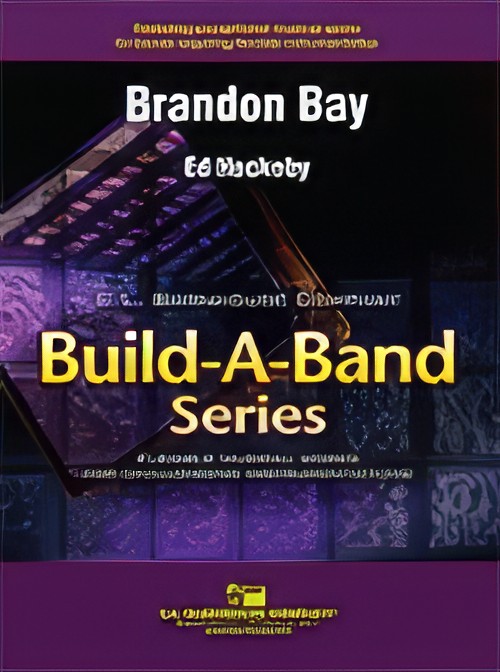 £60.00
£60.00Brandon Bay (Flexible Ensemble- Score and Parts) - Huckeby, Ed
An outstanding composition by Ed Huckeby that features rhythmic accompaniment rhythms in the third and fourth parts contrasted with simple, but musically effective first and second part melodic lines. The slower middle section features a haunting melody in 3/4 time and is an excellent teaching tool for the legato style. Ed's arrangement for the Build-A-Band Series makes it playable with very small bands and bands with severe instrumentation issues and insures that it will be a favourite concert and contest selection for years to come for these groups. As usual with this series, optional parts are included for Percussion and piano.
Estimated dispatch 7-14 working days
-
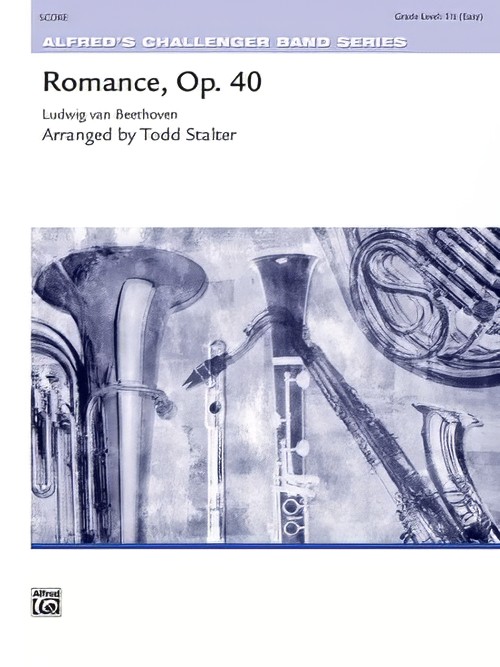 £48.95
£48.95Romance, Op.40 (Concert Band - Score and Parts) - Beethoven, Ludwig van - Stalter, Todd
Beethoven wrote two "Romances" for violin and orchestra; his second one, the Op. 40 in G Major, was actually published in 1802, two years before the Op. 50 in F Major, even though the F Major "Romance" was composed four years earlier. The double stops of the violin solo are faithfully preserved in this arrangement, and careful attention to articulation and emphasis on melodic playing by every section of the band will make this piece an ideal choice to introduce the music of this master composer to young musicians.Duration: 3.00
Estimated dispatch 7-14 working days
-
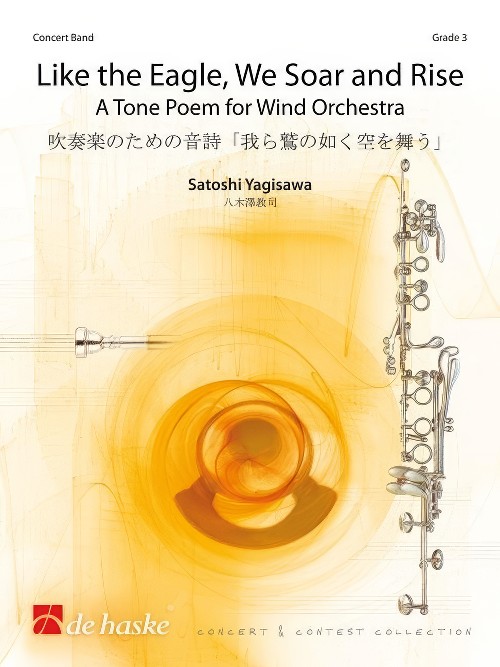 £144.99
£144.99Like the Eagle, We Soar and Rise (Concert Band - Score and Parts) - Yagisawa, Satoshi
Like the Eagle, We Soar and Rise was commissioned by Yuying Secondary School Concert Band and Yuying Alumni Association for the 2010 centenary of the school's foundation. The piece was named by a friend of the composer named Steven Phua, who originally suggested commissioning a new piece to Satoshi Yagisawa. The piece furthermore takes its name from the text of the Yuying Secondary School song.This composition is based on three different concepts: the first one demonstrates 'The founders' passion for education'; the second concept illustrates 'Hardship in war time'; the third one 'To the future' describes the inner strength people find to overcome struggles. This piece concludes with a fanfare, which is the sound of hope that leads to a brighter future in a positive direction.The world premiere of this piece was conducted by Faizal Bin Othman, who is one of the leading educators in Singapore, and was performed by the Yuying Secondary School Concert Band.Duration: 8.00
Estimated dispatch 7-14 working days
-
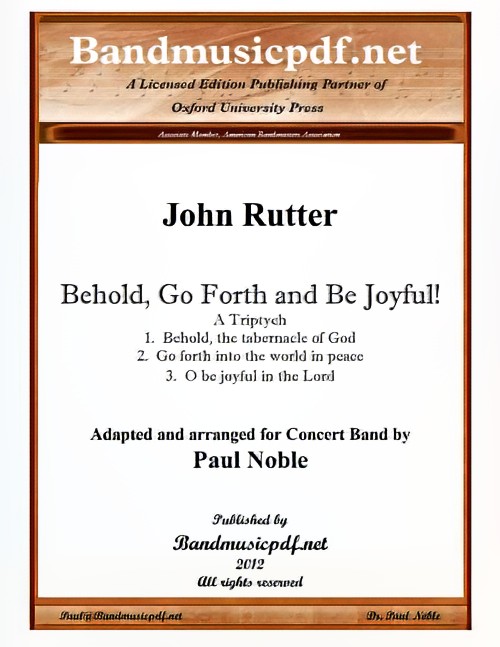 £150.00
£150.00Behold, Go Forth and Be Joyful! (Concert Band - Score and Parts) - Rutter, John - Noble, Paul
These three separate compositions have been adapted into one suite. The first movement, Behold, the Tabernacle of God, is to be performed with the trumpets and trombones placed in the rear or balcony of the concert hall. The effect is to surround the audience with antiphonal sound, thereby, in effect, placing them in the tabernacle of God. The arrangement is adapted from the original scoring for orchestra and chorus. The choral parts are played by the trumpets and trombones.The second movement, Go forth into the world in peace, is scored for woodwinds, horns, euphonium, tuba, and string bass, in keeping with the original scoring for chorus with strings alone. For the third movement, O be joyful in the Lord, the conductor may determine the placement of the trumpets and trombones, either leaving them in the antiphonal setting, or returning them to the stage.
Estimated dispatch 7-14 working days
-
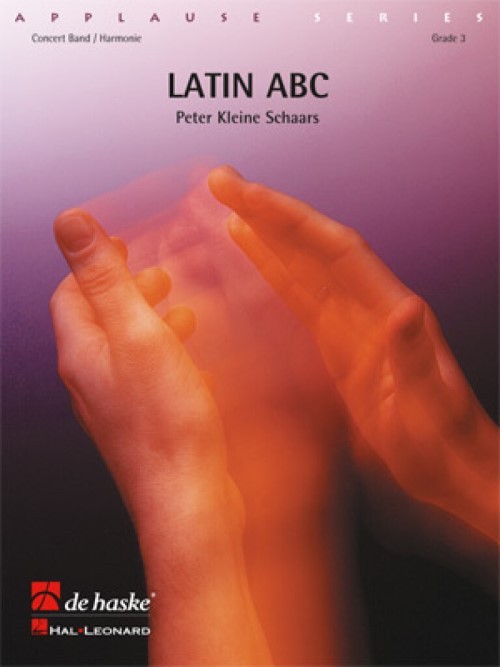 £102.99
£102.99Latin ABC (Concert Band - Score and Parts) - Schaars, Peter Kleine
Latin ABC is a suite in three movements inspired by the music of the Caribbean. The first movement is a joyful Curacaon waltz, the second movement a sensual, slow salsa: a style that is popular on the island of Bonaire. Finally, Latin ABC culminates with a rousing march that brings the listener to sunny Aruba. This work is suitable for Grade 3 players, and showcases the percussion section in particular.Duration: 5:15
Estimated dispatch 7-14 working days
-
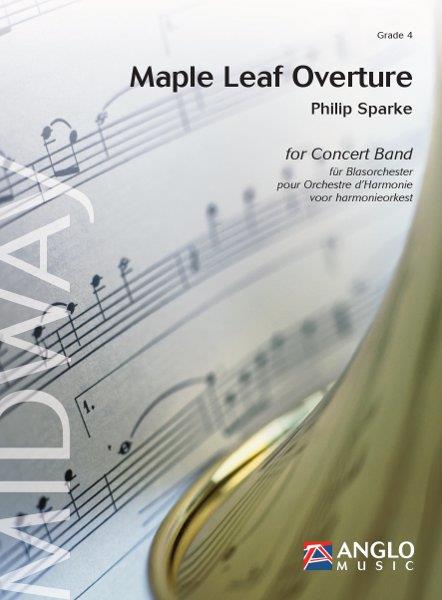 £106.99
£106.99Maple Leaf Overture (Concert Band - Score and Parts) - Sparke, Philip
Named after the leaf displayed on Canada's flag, Maple Leaf Overture was composed specifically to open a Canadian school's symphonic band tour of England. A short fanfare during the overture smoothly transitions to a jazzy, syncopated section. The main theme is first played by the horns and saxophones, and then by the entire ensemble. This lively theme then alternates with a slower second theme, building momentum before a brisk coda culminates in a rousing finale!Duration: 4:15
Estimated dispatch 7-14 working days
-
 £87.50
£87.50Liturgical Music for Band (Concert Band - Score and Parts) - Mailman, Martin
Liturgical Music for Band, Op. 33, was completed in 1963. Since then, the piece has become a landmark work in the band repertoire with countless performances by several generations of students. The piece is based on four movements selected from the Mass "Proper" and "Ordinary." The band plays in a chime-like style to announce the opening movement, "Introit." The second movement has the same three sections as the "Kyrie" from the Mass (Kyrie eleison -- Christe eleison -- Kyrie elieison). The theme of the third movement is the same rhythm as the word "Gloria," and the style is jubilant, just like the Mass text ("Glory to God in the highest . . . "). The fourth movement, "Alleluia," features an energetic fugue and an exciting climax. Duration: 12.30
Estimated dispatch 7-14 working days
-
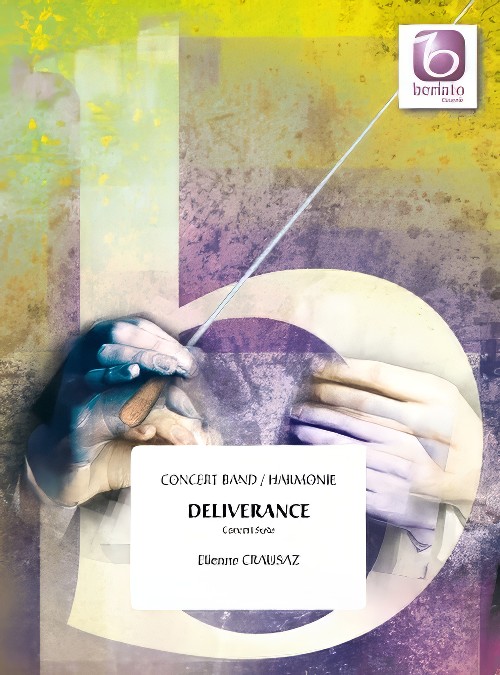 £159.99
£159.99Deliverance (Concert Band - Score and Parts) - Crausaz, Etienne
Deliverance is an exciting concert suite by Etienne Crausaz. The first movement is in the style of a siciliana, starting out quiet and calmly, then slowly building in excitement and energy. The second movement, a scherzo, allows for colourful sounds and timbres and is full of humorous musical elements and contrasts. The third movement, the vivace, presents a dialogue between the higher and lower registers of the band with plenty of time changes. Deliverance is an action-packed composition, full of colour and contrast.Duration: 11.00
Estimated dispatch 7-14 working days
-
 £125.00
£125.00Danceries (Set II) (Concert Band - Score and Partss) - Hesketh, Kenneth - Littlemore, Phillip
Danceries Set II was commissioned by Keith Allen and Birmingham Symphonic Winds, supported by PRS for Music Foundation and the RVW Trust. The world premi?re of this work was given by Birmingham Symphonic Winds, conducted by Keith Allen, at the CBSO Centre, Birmingham in 2011. This second set of Danceries continues the format established in Danceries (Set I), namely in using material taken from Playford's Dancing Master, a collection of folk and popular tunes published in the seventeenth century, to form the basis of an extended dance suite. In this set, the melodies have been more abstracted and project only a distant echo of their original forms, but as before, each movement is self-contained, colourful and direct, with its own distinct mood. The outer movements - Jennie's Bawbee and Peascod's Galliarda - share a use of driving percussion writing with a military air. Tom Tinker's Toye and Heart's Ease (movements two and three) are both settings of original melodies. All movements are more extended than in the first set, with a freer use and approach to the material; melodies now occur in various keys and are supported by a greater variety of harmonic colouring. The result is a richer, even more exhilarating set of dances. Danceries has come of age! Duration: 15.00
Estimated dispatch 7-14 working days
